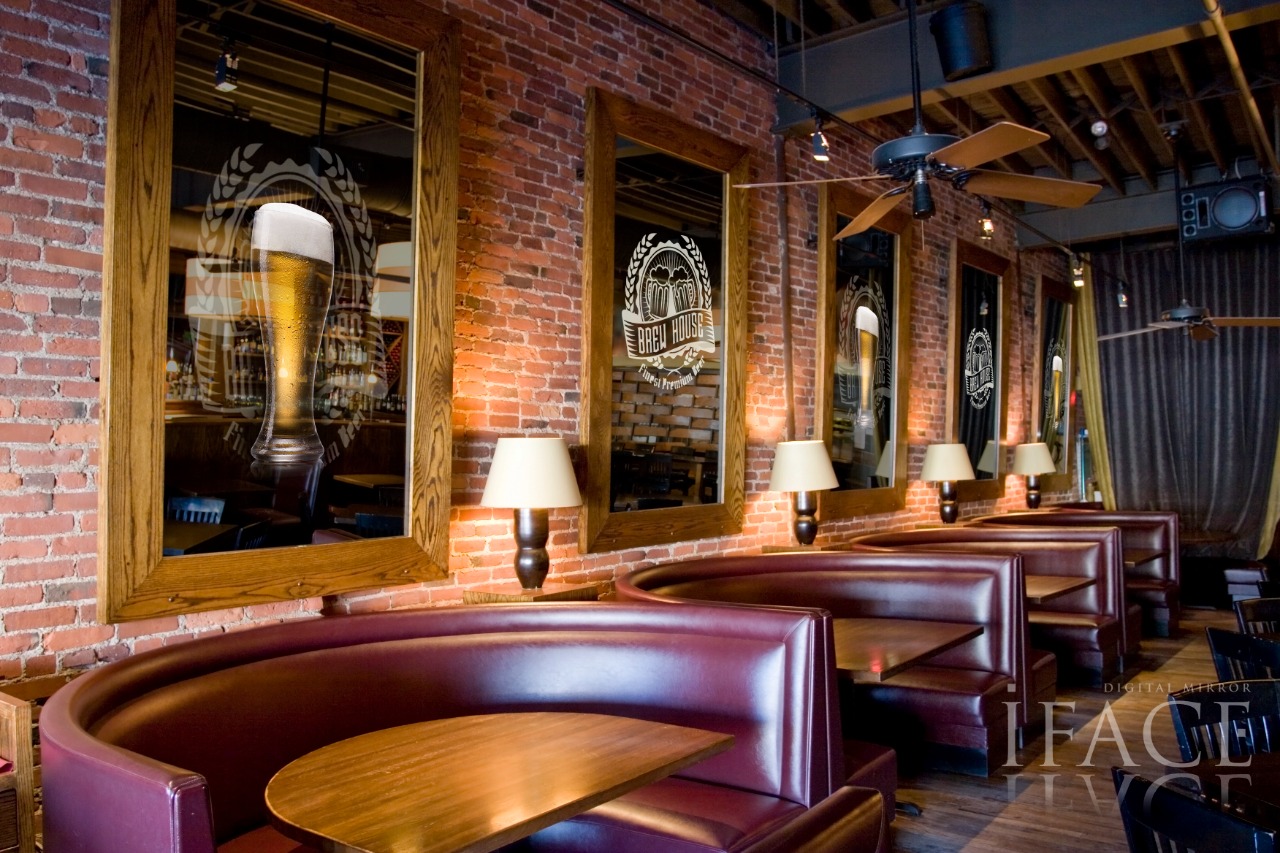Jarábik Barbara: One approach is to focus on the luxury of rarity, or the exclusivity of the product or service. This can be done by ensuring that only a limited number of items are produced, or by creating a waiting list for potential customers. The luxury of experience, on the other hand, is about creating a luxurious experience for customers. This could involve everything from offering VIP access to events to providing concierge services. Another approach is to focus on the quality of the product or service. This may involve using only the highest-quality materials, or offering a bespoke service that is tailored to the individual customer.

It needs to look and feel the part: Sure, the price can be hundreds or thousands of dollars, but does it feel and look that way? When you hold a Louis Vuitton purse, drive a BMW, or wear a Rolex, it doesn’t feel like it’s your average product. The attention to detail, materials, and engineering all make these products worth their price point to the correct audience. Imagine trying on a watch. The bracelet jingles, it’s flimsy and looks like something you’d buy at the dollar store. That’s not luxury. The 18k gold and diamonds instantly make this model look expensive and luxurious. You don’t have to question whether it’s a high value product or not. The appearance, weight, materials, and everything used to create it tell you the whole story.
Google is one of the most influential channels when it comes to helping luxury shoppers find products, learn more about brands, and make their purchase. As we’ve already alluded to, most luxury brands have pretty poor websites. Unsurprisingly, most of those websites also have extremely bad SEO, making it difficult for their websites to rank well in Google for search terms that would otherwise capture potential customers. Take Prada for instance. When I search for Prada handbags, not only do I not receive a link to Prada’s handbag page (due to their poor keyword targeting, slow site, and poor on-site structure), but the results also look messy and untargeted.
The first, and easiest, strategy for marketing your luxury brand is classic “addition by subtraction.” You’re probably already incorporating negative keywords into your optimization routine, but did you know you can save time by uploading them at the account level? Account-level negative keywords are a simple addition to your AdWords efforts; all you need is a CSV file loaded with negative keywords. From there, you simply upload the file in the Bulk Upload tab of the Shared Library and then apply it to as many campaigns as you’d like. Doing so has a handful of benefits, but the most important for marketing luxury goods and services is the ability to weed out unqualified traffic.

Generally speaking, luxury brand websites are very stylish, but perform poorly when it comes to user experience and functionality. Take Dom Perignon’s website for example. Once you’ve completed a non-essential age verification page, you enter a slow loading flash site that takes about 13 seconds on a high-speed Internet connection to load. If you’re still around, you reach a website that’s very difficult and confusing to navigate. The Chanel website is very similar in that, while the colours and visuals are nice, the design is so unintuitive that it’s almost impossible to find what you’re looking for, let alone buy anything. See more information at Barbara Jarabik.
Digital signage mirrors are another way for luxury brands to advertise efficiently : The world digital signage mirrors market was valued at USD 780 million in 2021. The global market is expected to grow steady at a CAGR of 12.21% to hit USD 910 million by 2023. Digital signage mirrors can vastly improve individual efficiency by choosing outfits as per weather updates while also offering bus and train schedules (including traffic updates). Digital signage mirrors in smart homes, planes, commercial spaces, hotels, etc. are designed to be connected to users as well as with different devices around. Energy efficiency is one of the major advantages that will drive the adoption of digital signage mirrors.